Table of content
Frozen dumplings, often referred to as “potstickers” or “gyoza” depending on their regional origin, have become a pantry staple in kitchens worldwide. Their convenience, versatility, and ability to satisfy cravings for comfort food make them a go-to option for busy weeknights or lazy weekends. However, cooking frozen dumplings to perfection requires more than just tossing them into boiling water. Achieving a tender wrapper, evenly cooked filling, and that coveted balance of softness and crispiness (if pan-fried) demands attention to detail. This guide will walk you through the science and techniques behind cooking frozen dumplings, ensuring consistent, restaurant-quality results.
Understanding Frozen Dumplings
Before diving into cooking methods, it’s essential to grasp why frozen dumplings behave differently than fresh ones. Freezing alters the texture of dumpling wrappers, causing them to become brittle and prone to breaking if mishandled. The filling, often pre-cooked or marinated, also loses moisture during freezing, which can lead to dryness if not reheated properly. Modern freezing techniques, such as flash-freezing, help preserve flavor and texture, but the cooking process must compensate for these changes.
Choosing the Right Frozen Dumplings
Not all frozen dumplings are created equal. When selecting a package, consider the following:
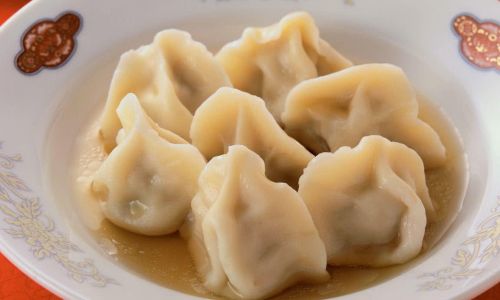
- Wrapper Thickness: Thinner wrappers cook faster and yield a softer texture, while thicker ones require longer cooking to avoid a raw center.
- Filling Type: Meat-based fillings (pork, beef, chicken) often benefit from longer cooking times to ensure safety, while vegetable-heavy fillings may become soggy if overcooked.
- Ingredients: Check for additives like preservatives or excess sodium. Some brands use natural ingredients, which may affect cooking times.
- Shape: Round, crescent, or pleated dumplings all conduct heat differently. Flat-bottomed dumplings (common in pan-frying) crisp up more evenly.
Essential Equipment
While minimal equipment is needed, the right tools can elevate your results:
- Large Pot: For boiling, use a pot with at least 4-6 quarts of capacity to prevent overcrowding.
- Non-Stick Skillet: Ideal for pan-frying, ensuring even browning without sticking.
- Steamer Basket: Essential for steaming dumplings gently.
- Slotted Spoon or Spider Strainer: For gently transferring dumplings without tearing the wrappers.
- Lid: A tight-fitting lid traps steam, crucial for pan-frying and steaming methods.
Cooking Methods: Boiling, Pan-Frying, and Steaming
Boiling: The Classic Approach
Boiling is the simplest method, ideal for soft, tender dumplings.
Steps:
- Prepare the Water: Fill a large pot with water (about 3/4 full) and bring it to a rolling boil over high heat. Adding a pinch of salt or a splash of vinegar can help prevent wrappers from sticking.
- Add Dumplings: Gently place frozen dumplings into the boiling water. Do not overcrowd—cook in batches if necessary. Stir gently with a slotted spoon to prevent sticking.
- Adjust Heat: Reduce heat to medium to maintain a gentle simmer. Aggressive boiling can cause wrappers to disintegrate.
- “Shock” with Cold Water: After 3–4 minutes, pour 1/2 cup of cold water into the pot. This lowers the temperature, allowing the fillings to cook through without overcooking the wrappers. Repeat this step once more.
- Test for Doneness: Dumplings are ready when they float to the surface and the wrappers appear translucent. Remove one dumpling and cut it open to ensure the filling is piping hot.
- Drain and Serve: Use a slotted spoon to transfer dumplings to a serving plate. Pair with dipping sauces (see below).
Pro Tip: For chewier wrappers, add 1 tablespoon of rice vinegar to the boiling water. The acidity tenderizes the dough slightly.
Pan-Frying (Potsticker Style): Crispy Perfection
Pan-frying creates a golden, crispy bottom while keeping the top soft—a texture contrast loved by many.
Steps:
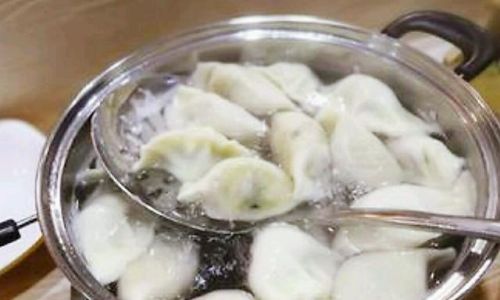
- Heat the Pan: Add 1–2 tablespoons of oil (vegetable, sesame, or peanut) to a non-stick skillet over medium heat.
- Arrange Dumplings: Place frozen dumplings flat-side down in the pan. Leave space between them to prevent sticking.
- Fry the Bases: Cook for 2–3 minutes until the bottoms turn golden brown. Resist the urge to move them prematurely.
- Add Water: Pour 1/4 cup of water into the pan and immediately cover with a lid. The steam will cook the dumplings through.
- Uncover and Crisp: Once the water evaporates (5–7 minutes), remove the lid. Continue frying for 1–2 minutes to crisp the bases further.
- Serve: Use a spatula to loosen the dumplings gently. Serve inverted to showcase the crispy side.
Pro Tip: For extra crispiness, mix 1 teaspoon of cornstarch with the water before adding it to the pan. The starch creates a lacy, golden crust.
Steaming: Gentle and Healthful
Steaming preserves the dumplings’ natural flavors and nutrients, making it a light option.
Steps:
- Prepare the Steamer: Line a steamer basket with parchment paper or cabbage leaves to prevent sticking.
- Arrange Dumplings: Place frozen dumplings in a single layer, leaving space between them.
- Steam: Bring 1–2 inches of water to a boil in a pot. Place the steamer basket over the pot, cover, and steam for 10–12 minutes (adjust for larger dumplings).
- Check Doneness: The wrappers should look glossy and slightly translucent.
- Serve: Carefully remove the steamer basket. Dumplings may stick slightly, so use a spatula to lift them gently.
Pro Tip: For added flavor, steam dumplings in broth instead of water.
Serving Suggestions and Dipping Sauces
A great dumpling experience hinges on the right accompaniments.
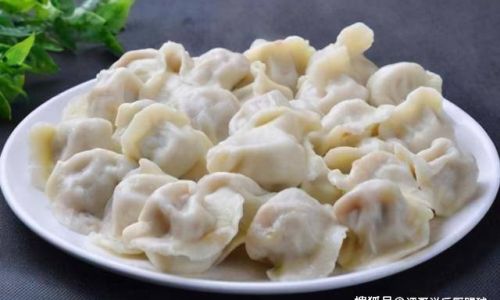
- Classic Dipping Sauce: Combine 2 parts soy sauce, 1 part rice vinegar, a drizzle of sesame oil, and a pinch of sugar. Add minced garlic, ginger, or chili flakes for heat.
- Spicy Sichuan Sauce: Mix 1 tablespoon chili oil, 1 teaspoon black vinegar, and a sprinkle of Sichuan peppercorns.
- Creamy Avocado Sauce: Blend avocado, yogurt, lime juice, and cilantro for a refreshing twist.
Pairings:
- Pickled Vegetables: Balance richness with tangy kimchi or quick-pickled daikon.
- Soups: Serve alongside miso soup or egg drop soup for a complete meal.
- Rice or Noodles: Turn dumplings into a main dish by pairing with fried rice or chow mein.
Common Mistakes to Avoid
- Overcrowding the Pan/Pot: This lowers the temperature and causes uneven cooking.
- Skipping the Cold Water Shock (Boiling): Leads to overcooked wrappers and undercooked fillings.
- Using High Heat (Pan-Frying): Burns the bases before the fillings cook through.
- Thawing Before Cooking: This results in mushy dumplings. Always cook from frozen.
- Neglecting the Lid (Pan-Frying): Without steam, the dumplings won’t cook properly.
Storage and Reheating
- Freezing Uncooked Dumplings: If making dumplings from scratch, freeze them on a baking sheet before transferring to a bag. This prevents sticking.
- Reheating Leftovers:
- Pan-Fry: Reheat in a skillet with a splash of oil over medium heat.
- Microwave: Place on a microwave-safe plate with a damp paper towel. Heat in 30-second intervals.
- Oven: Bake at 350°F (175°C) for 10–12 minutes for a crisp texture.
Conclusion
Cooking frozen dumplings is an art that balances science and intuition. By understanding the nuances of each method—boiling’s simplicity, pan-frying’s crispy allure, or steaming’s gentle touch—you can transform a humble freezer staple into a culinary delight. Experiment with fillings, sauces, and cooking techniques to discover your perfect dumpling. Whether you’re a novice cook or a seasoned chef, mastering frozen dumplings offers a gateway to global flavors with minimal effort. So, the next time you crave a comforting bite, remember: with a little know-how, those frozen pockets of joy are just minutes away from perfection.
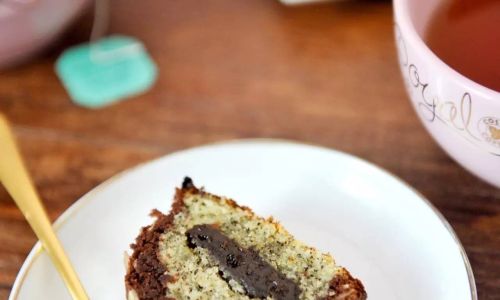
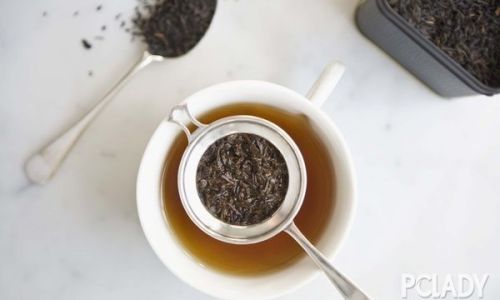

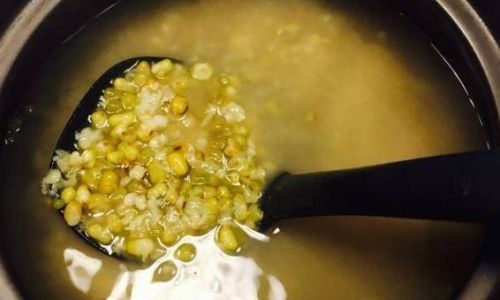
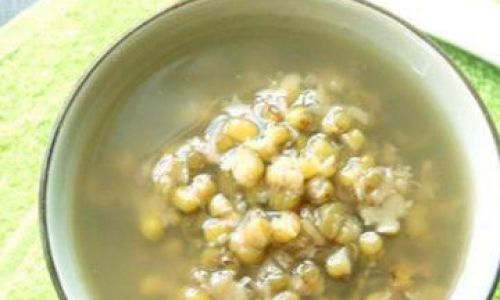
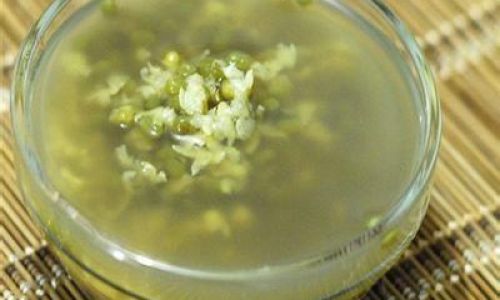
0 comments